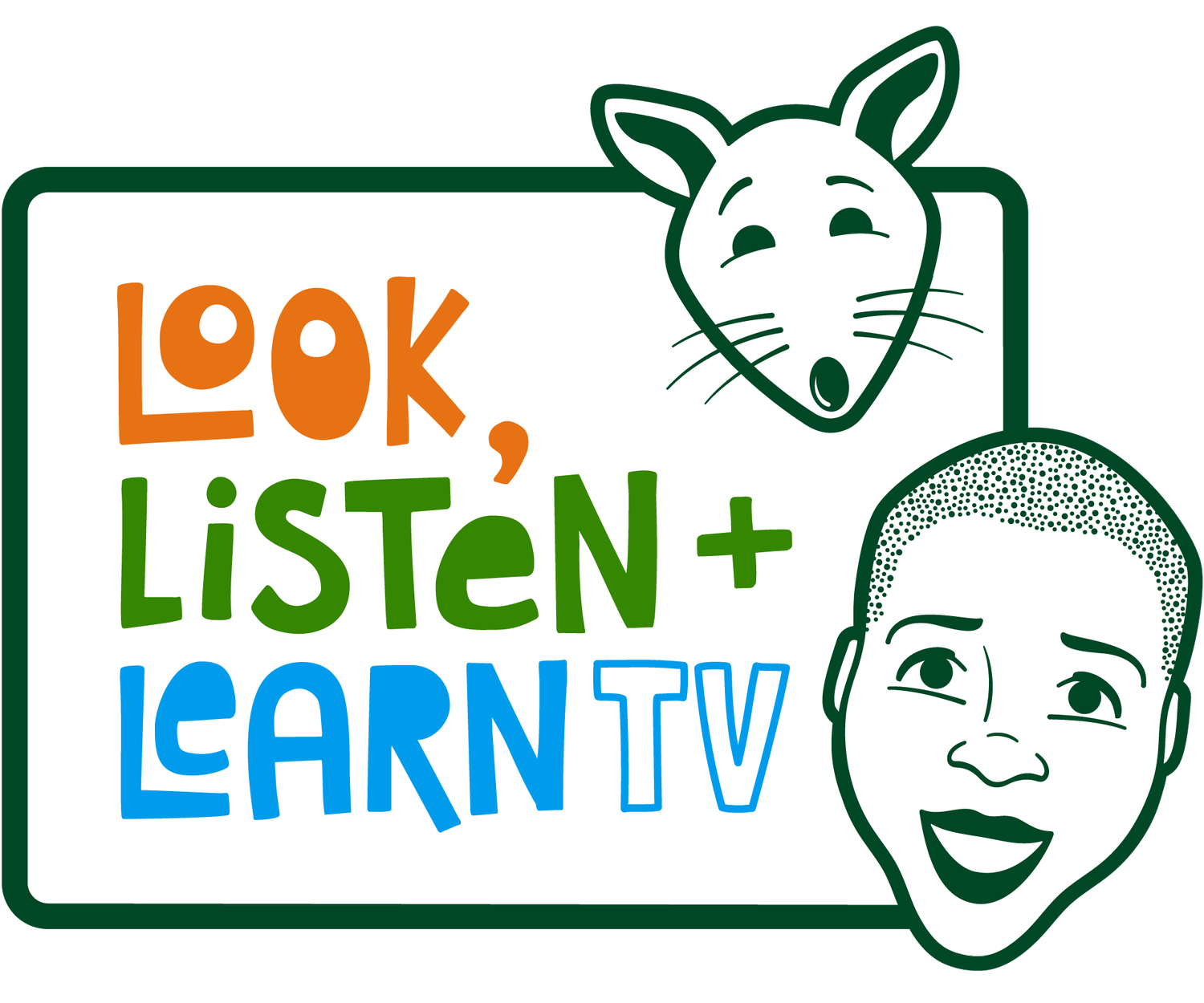Look, Listen and Learn strives to close the Media Representation Gap - that disconnect between who is watching tv and who is on tv. Unfortunately, at school our kids often face a similar discrepancy: teachers that don’t look like them. This is the “Teacher Representation Gap,” or to be more blunt, White women teaching kids of color.
To find out more about this Representation Gap and the importance of teachers of color, LL+L spoke with Dr. William White, a teacher/academic/director/mentor with a focus on supporting other Black men to become early childhood teachers.
LL+L: Tell us more about the “teaching representation gap.”
Dr. White: We know that 80% of the country’s teachers are White women but over 50% of school-aged kids now are kids of color, and the majority those are Black and Latinx. This is true pretty much regardless of where in the country you’re looking, so even in schools where most of the kids are Black or Brown, you still have mostly White teachers.
And you know, there’s a historical context for this. We hear about Brown vs. Board of Education, right, the integration of schools. Well one of the negative impacts of the decision to integrate was that Black students were sent to White schools - not really the other way around. There were all these predominantly Black schools that had to close, so we lost thousands of Black school administrators and about 38,000 Black teachers were fired.
LL+L: What did that mean for students? In other words, what is the impact of BIPOC students being taught by White teachers?
Dr. White: Well you have both explicit and implicit bias happening in the classroom everyday. Statistically, that means that you have Black kids getting disciplined more, expelled more, and sent more often into Special Education unnecessarily. I remember when I was teaching Special Ed early on and I’d have kids brought to me, with the teachers saying, “Oh, they’re a problem, they can’t learn, they’re trouble.” And I would be like, “What? They’re just a kid!” And after being in my classroom, where the approach to learning was all about love, those same kids passed the State Assessments - even though before they were told they weren’t even eligible to take the tests.
LL+L: Well that brings us to the next question, which is what is the impact for kids of color of having a teacher who reflects their identity?
Dr. White: Well for Black kids, if you have a Black teacher by third grade, you’re more likely to think about post secondary, more likely to graduate, more likely to be understood. We know the school drop-out rate decreases; we know the suspension rate decreases and we know that the number of kids being identified as needing special education decreases.
Unfortunately, there is still a lot of generational trauma for the Black and Brown community that makes it hard for them to want to go into the classroom. We can’t really fix that until we start recognizing that the system is broken. Like for me, my first three years of teaching were traumatic. I had an administrator come into my classroom and tell me, “If you’re going to give your students any more state assessments, I’m going to need to be in the room, because some of the other teachers think your students are achieving too well.” The assumption was that I must be cheating! That was really hurtful to me and my kids.
LL+L: So what needs to be done to help close this Teacher Representation Gap?
Dr. White: Well it’s really about breaking down the barriers and building the groundwork, which is what we’re doing at the Academy for Rising Educators (ARE). We know that if you have three or more Black teachers at a single school, they are more likely to stay because they can lean on each other. So at ARE we have these cohorts of 30 students who are fully funded to complete their bachelors at North Seattle College and then move on to UW for their Masters in Education. There are all these different pathways we are offering to support educators of colors getting their teaching certificates. I really see my role as breaking down that mountain for other Black teachers, and making it easier to climb.
LL+L: What would you say to parents who want to support having more BIPOC teachers for their kids?
Dr. White: The first thing I would say to Black parents is: You are powerful! But this is a broken system, and you can’t dismantle it on your own - you have to work together. To White parents I would say: start understanding your own bias. Teachers of color need to feel safe at school and they can’t do that if your stereotypes are impacting their daily experience. Finally, school districts have to engage the community and listen to their wants and needs. This is the necessary collective approach for us to begin seeing a change.
Dr. William White is the Faculty Coordinator for the Academy of Rising Educators, a partnership between North Seattle College, Seattle Public Schools, City of Seattle and University of Washington. He is also a part-time faculty member in NSC’s Early Childhood Education Bachelor’s Program and is the Director of My Brother’s Teacher at the UW.
This article was made possible thanks to a generous grant from the North Seattle College Department of Child and Family Studies, offering state-recognized courses, certificates, and degrees in Early Childhood Education. The Bachelor of Applied Science (ECE B.A.S.) degree is one of the largest ECE baccalaureate programs in the state; as a degree completion program students can transfer credits from other fields. All programs aim to prepare educators who are skilled in addressing and undoing barriers of inequity. Learn more at https://northseattle.edu/early-childhood-education or by emailing eceinfo@seattlecolleges.edu
This article brought to you by North Seattle College's Early Childhood Education Program.

